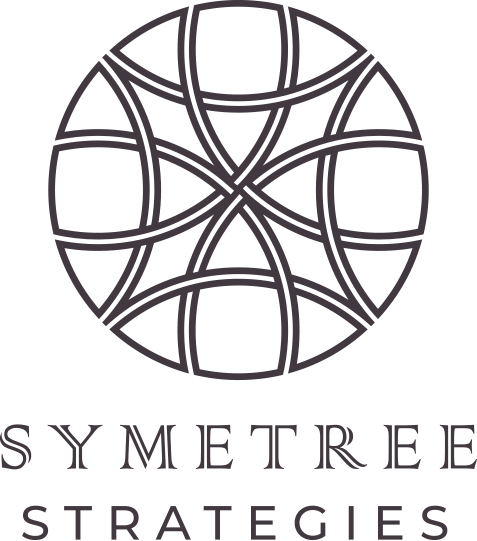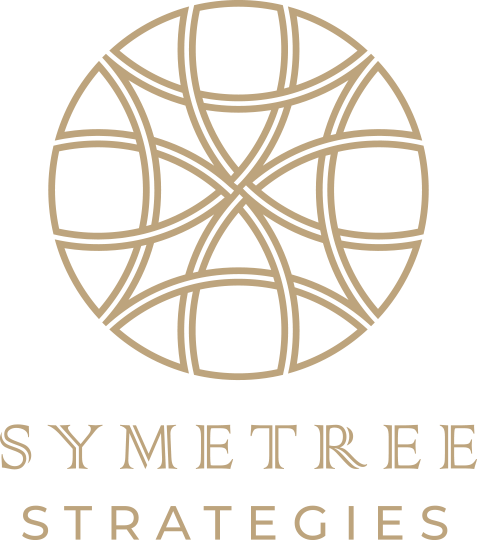1. Create trust by building rapport. Relationship building is the most important part of the sales cycle. If the prospect does not feel they can trust you then chances are you won’t get the sale and if you do it will be at risk.
2. Stay current. Trends, technology, news, sports and current events are common ground on which to build a relationship and rapport.
3. When preparing for any meeting, make sure to set a goal and know what your objectives are.
4. Make a list of questions that you need to ask your prospect and practice them so they sound natural but more importantly so that you don’t forget an important piece of information.
5. Pay attention to your style, make it flow and don’t make a meeting turn into an interrogation.
6. Turn off your cell phone in a meeting. Send the right message that your prospect has your full attention and don’t get distracted by incoming emails, texts or calls.
7. Use your time well and make sure you know who the decision maker is. You may ask, “other than yourself, will anybody else be joining us?”, or “How are decision usually made in your organization”.
8. Qualify your prospect. Is this someone who has a general interest in your product or service?
9. Download. After every meeting makes sure you write down all the information that was obtained in your meeting so that you can refer back to it when building a proposal.
10. Set the next appointment. At the end of your meeting, schedule your next one, so that the customer has to commit to you in order to present your proposal.
11. Follow-Up. Following up after your meetings is critical to the relationship. A hand written thank you card with a picture of something your client is passionate about is a nice touch. For example, if your prospect loves golf, then a card with a picture of a gold course on it is a nice touch that will likely stay on your prospects desk.

